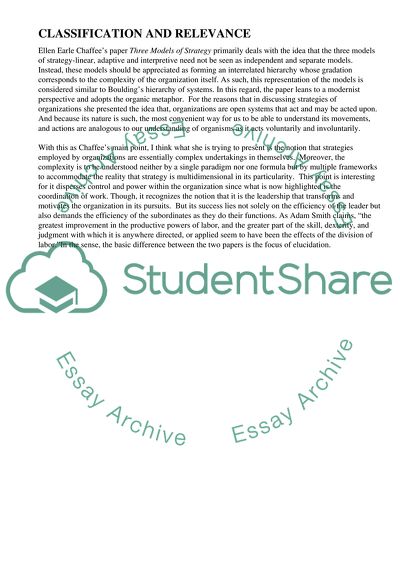Cite this document
(Three Models of Strategy Essay Example | Topics and Well Written Essays - 1500 words, n.d.)
Three Models of Strategy Essay Example | Topics and Well Written Essays - 1500 words. https://studentshare.org/management/1703157-organization-theory
Three Models of Strategy Essay Example | Topics and Well Written Essays - 1500 words. https://studentshare.org/management/1703157-organization-theory
(Three Models of Strategy Essay Example | Topics and Well Written Essays - 1500 Words)
Three Models of Strategy Essay Example | Topics and Well Written Essays - 1500 Words. https://studentshare.org/management/1703157-organization-theory.
Three Models of Strategy Essay Example | Topics and Well Written Essays - 1500 Words. https://studentshare.org/management/1703157-organization-theory.
“Three Models of Strategy Essay Example | Topics and Well Written Essays - 1500 Words”. https://studentshare.org/management/1703157-organization-theory.


